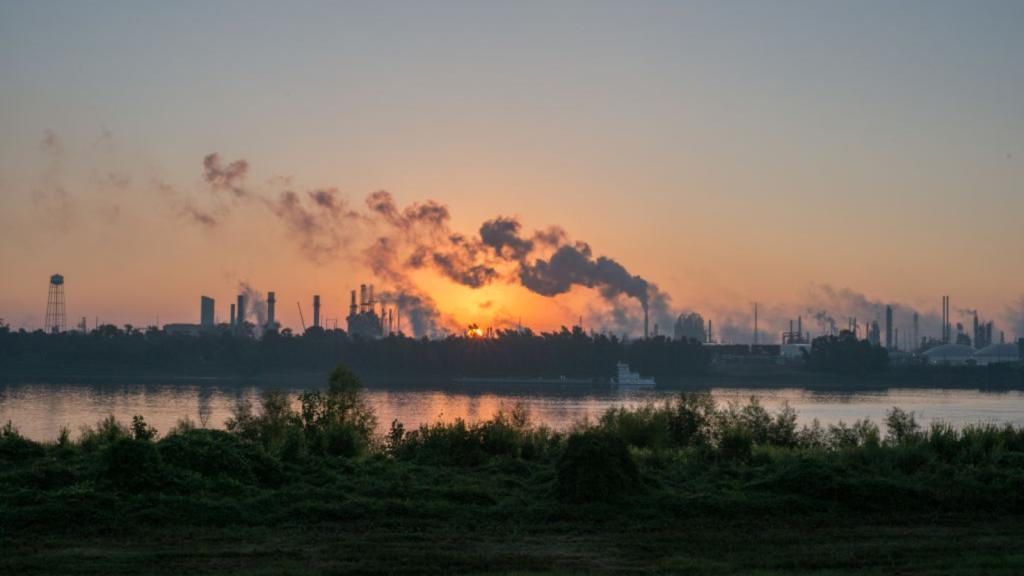 Snow in Huntsville, Alabama.Photo: James ReynoldsNot everyone can have the media savvy of Snooki, but the National Oceanic and Atmospheric Administration’s timing couldn’t be worse: with snow in every state but Florida (yes, even Hawaii), the agency just announced 2010 tied with 2005 as the warmest year for global temperature. And scientists wonder why they continue to see polls like this.
Snow in Huntsville, Alabama.Photo: James ReynoldsNot everyone can have the media savvy of Snooki, but the National Oceanic and Atmospheric Administration’s timing couldn’t be worse: with snow in every state but Florida (yes, even Hawaii), the agency just announced 2010 tied with 2005 as the warmest year for global temperature. And scientists wonder why they continue to see polls like this.
Looking at just the United States it was merely the 23rd warmest year on record, no doubt a factor in the aforementioned poll. A quick glance at NOAA’s 2010 temperature anomaly map revealed the most significant warming not only took place throughout the Arctic, but also across Europe and Africa. Canada, being a country with significant arctic territory, smashed all previous records.
Given the relationship between hotter temperatures and a revved up hydrological cycle, it’s not a huge surprise 2010 was also the wettest year on record. And that we probably smashed all previous records for CO2 emissions.
Inverse relationship between Earth’s temperature and Congress’s willingness to do anything about it continues to hold true: Politico reports the “GOP-led House [is] expected to easily pass a measure to handcuff the Environmental Protection Agency’s authority [to regulate greenhouse gases].”
Meanwhile, Barbara Boxer (D-Calif.) said she will “use every single tool available” to thwart efforts to block EPA climate regulations.
In case you missed it in previous editions of The Climate Post, there continues to be every indication the House Science and Technology Committee is going to probe the “quality” of climate science.
The Breakthrough Institute issued their latest missive, “Why Climate Science Divides Us But Energy Technology Unites Us,” a treatise eerily reminiscent of Sen. John Kerry’s (D-Mass.) speech in which he declared America is facing a “new Sputnik moment.”
He added, “the decisions we make — or fail to make — in this decade on new energy sources, on education, infrastructure, technology, and research — all of which are going to produce the jobs of the future […] will without doubt determine whether the United States will continue to lead the world — or be left to follow in the wake of others, on the way to decline, less prosperous in our own land and less secure in the world.”
Meanwhile the Sierra Club is suing over approval of a giant solar plant in California, arguing it could damage rare plant and animal species.
Climate change to continue for 1,000 years; Coal’s reign to end sometime before then: Like a giant ship with a tiny rudder, Earth’s climate has tremendous inertia, according to the results of a new modeling effort. Humanity’s energy system also has a great deal of inertia, says Umeå University Associate Senior Lecturer Finn Arne Jørgensen, but that doesn’t mean we aren’t reaching the beginning of the end for coal-fired power, according to Steve LeVine at Foreign Policy.
Renewable ramp-up: Solar panels are becoming so cheap they threaten the giant solar thermal developments states such as California are pouring money into, says a new analysis. Even so, investment in cleantech is shifting from production to efficiency. And where will these panels come from? President Obama just signed a law dictating the U.S. Department of Defense must buy American-made solar panels.
Worldwide, clean energy investment just reached $234 billion, and in Texas, wind is now 7.8 percent of the electrical supply.
Just as financial firms announce they need better information on climate change “to help clients manage increasing risks ranging from heat waves to rising sea levels,” a company that specializes in large weather monitoring networks launches its latest venture, an effort to blanket the planet in greenhouse gas monitoring equipment.
Australia’s extreme weather a punch in the gut for coal: Queensland is experiencing flooding of “biblical” proportions, and it’s shut down one of the world’s most important exporters of coal. Draining the mines could take weeks, leading to a surge in demand for U.S. coal.
All of this was in some sense presaged in 2008 by The Pew Center on Global Climate Change, says Gregory Unruh in a Huffington Post blog entry, and constitutes an object lesson in how the kind of extreme weather brought about by climate change can disrupt the fossil fuel-powered energy system that
brought it about in the first place.
The Christian Science Monitor reports this is Australia’s moment to become a leader in climate change adaptation.
The Climate Post offers a rundown of the week in climate and energy news. It is produced each Thursday by Duke University’s Nicholas Institute for Environmental Policy Solutions.



